The Grulla horse is a rarity and is often sought after by horse enthusiasts because of its uniquely colored coats. Like many horses, these beautiful creatures are a sight to see and can be distinguished fairly easily. Some can be considered a part of the American Quarter horse family.
Depending on the breed, they can be great racehorses or workers on the farm. Continue reading for more interesting facts on this horse!
What is a Grulla Horse?
A Grulla or Grullo horse (grew-yuh or grew-yo) is a member of the dun horse family. "Dun" refers to the dun gene, a dilution gene that affects both red and black pigments in the horses' coats. The dun gene is responsible for lightening most of the body while leaving the mane, tail, and primitive markings the shade of the base coat of grulla horse color.
Gorilla horse color varies depending on the parents. Grulla horses are rare and make up less than 1% of registered American Quarter horses. Grulla horses are beautiful and unique, and a few characteristics must be present to be considered a part of the Grulla horse family.
Remember that Grulla horses are not a breed; the term Grulla refers specifically to their primitive markings. Keep reading to learn more about the unique features of a Grulla horse!
Where Does the Word Grulla Come From?
The word "Grulla" is a Spanish word for a crane. Cranes are often slate-gray in color. The most distinct characteristic of a Grulla is its gray coat. Due to the origin of the name, some people refer to a mare as a Grulla and a stallion as a Grullo.
A Grulla horse is determined to be a part of the Grulla group based on its coat color and markings. An interesting fact about the term "Grullo" is that it is the name of a town and municipality in Jalisco, in central-Western Mexico. This town is called El Grullo. It is named after these beautiful horses' color!

What Does a Grulla Horse Look Like?
A Grulla horse is known for its distinct coat color and primitive markings. Because they are considered a part of the grulla dun horse group, they are usually characterized by tan-gray or mouse-colored hairs on the body. Often, they have shoulder and dorsal stripes and black barring on the lower legs. Dorsal stripes run along a horse's back, and barring refers to stripes of color.
A Grulla horse can come in various colors narrowed down to a few categories:
- Black dun
- Blue Grulla horse
- Slate Grulla
- Silver or light Grulla
- Silver dun
- Lobo dun
Grulla horses have dark-tipped ears, a large head relative to the rest of their body, and dark legs (usually black or brown). These characteristics need to be present for a horse to be considered a part of the Grulla group. The average height of a horse is around five feet. Any horse measuring more than 57 inches is considered a horse, and anything less is classified as a pony or miniature horse.
A Grulla horse can come in any shape or size so long as they meet the coat criteria. A few additional characteristics a Grulla horse may have are:
- Leg bars (striped legs)
- Forehead stripes (called cobwebs)
- Dark rings around the horses' eyes
- Mottled patterns on its shoulders and legs
Coat
Shades of Grulla can vary. Usually, they are gray, cream, or black. A foal can often be called Grulla, only to shed off black after the first four months. Typically, Grulla foals are born a light tan color with a distinct dorsal stripe. Telling the difference between a Grulla foal and a dun foal is easy!
A Grulla foal has black hair around the eyes and a black or gray mask of hair across its nose's bridge. A dun foal has golden, orange, or brown hair in those two places.
Mane
Grulla is a black-based color which means that the horse's features, such as its mane and tail, are black. Basic mane care remains the same no matter what kind of horse it is.
Here are a few tips to keep a horse's mane healthy:
- Don't over comb
- Use clean tools
- Don't neglect the ends
- Rinse thoroughly
Hooves
A horse's hooves require the same care any other horse's hooves would require. Basic care of their hooves involves:
- Scheduling regular trimming or shoeing
- Providing appropriate shoeing for different weather and footing conditions
- Providing appropriate treatment when disease occurs

What Colors Make a Grulla Horse?
Horses start with a primary color of either red, bay, or black. Two genes control these base colors. One allows the color to express in its coat, while the other directs the black pigment to locations.
Points are the horses' "outer extremities." This includes their lower legs, ear tips, tails, and manes. Grulla horses are beautiful, majestic creatures that are appreciated for their unique markings and black points. Though rare, the Grulla coat is an aesthetic feature and serves no other purpose for the horse. These horses can still be trained to be racetrack horses or farmhands.
Many breeds can be considered Grulla, and each horse serves a different purpose. Some are more well suited for racing, while others can be better for farm work.
Primitive Markings
The marking on each horse varies in visibility, but you can usually see the crisp stripe running down the center of its back. Dun is created by a dilution gene that causes a base coat to lighten without changing the primitive markings and points.
How Rare is a Grulla Horse?
Grulla horses are extremely rare and make up less than 1% of registered American Quarter horses. If you are interested in getting a Grulla, your best two options are buying or breeding one!
Buy One
If you are interested in buying a Grulla horse, you must seek out a reputable breeder specializing in Grulla horses. Often, non-Grulla specialists think they have a Grulla only to end up with a dun in either gray or black.
Breed One
The other way would be to try and breed Grulla. There are very few guarantees should you decide to take this route. The best bet is to breed two Grulla horses. According to some studies, the likelihood of getting a Grulla foal from two Grulla parents has averaged less than 50%.
The allele that is expressed is known as dominant and is what visibly affects the coat. Unexpressed alleles are known as recessive and do not affect the coat. It can also be referred to as an "invisible gene."
What Horse Breeds Can Be Grulla?
Many horse breeds can be considered Grulla. Because Grulla horses are categorized based on coat color and markings, it is not specific to any particular breed.
Here is a list of some of the most popular breeds that can have the Grulla coat color.
- Sorraia Horse: The Sorraia is known for its features, including its profile and dun coloring with primitive markings. The breed is generally small but hardy.
- Appaloosa: This is an American sport breed, best known for its spotted coat. Skin mottling is found around the muzzle, eyes, and genitalia.
- Gotland Pony: The Gotland pony is the only breed of pony native to Sweden. The pony has a slight and narrow-body type accompanied by sloping quarters and a low-set tail.
- Heck Horse: Heck horses are Grulla in color without the white markings. The breed has the primitive markings that make up a Grulla coat. It has a dorsal stripe and barring on its legs.

Final Thoughts
Grulla horses are extremely rare, and there are few guarantees that breeding can offer. Knowledgeable breeders are the best way to get your hands on these beautiful horses. Like all horses, they require coat, hoof, and mane care. To be considered a "Grulla," there are certain criteria a horse must meet.
The most popular breed in the U.S. today is the American Quarter Horse. The American Quarter Horse Association is the largest breed registry in the world. These horses can have Grulla coats, therefore sub categorizing them into the Grulla group. Because Grulla horses are not considered a breed, many horses have a Grulla coat. These can include ponies and miniature horses. These amazing creatures are a sight to see when roaming around an open space!

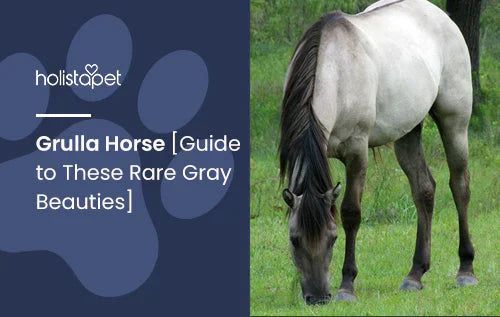
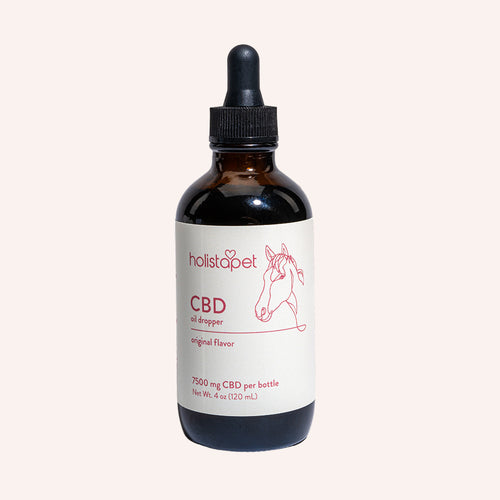 CBD Oil for Horses - Fast Acting
CBD Oil for Horses - Fast Acting
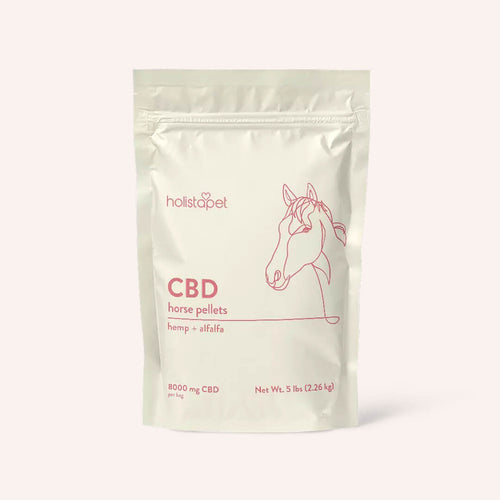 CBD Pellets for Horses - Easy Dose
CBD Pellets for Horses - Easy Dose
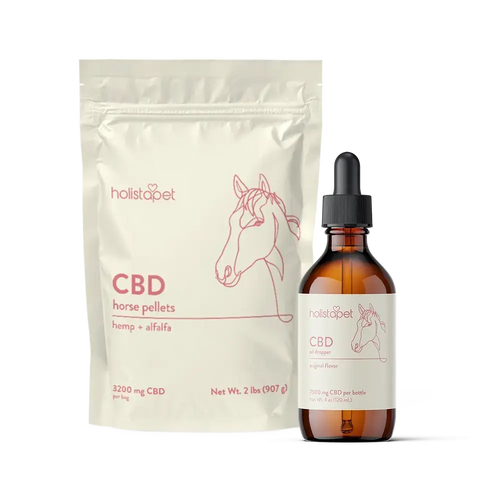 "Ridin' On My Horse" Bundle - Highly Rated
"Ridin' On My Horse" Bundle - Highly Rated


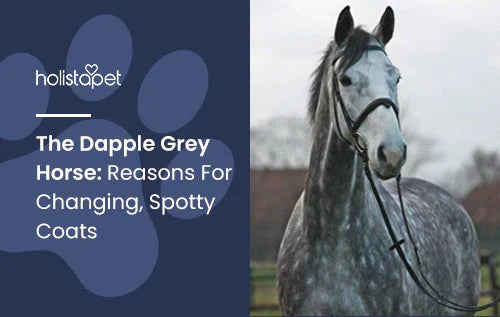
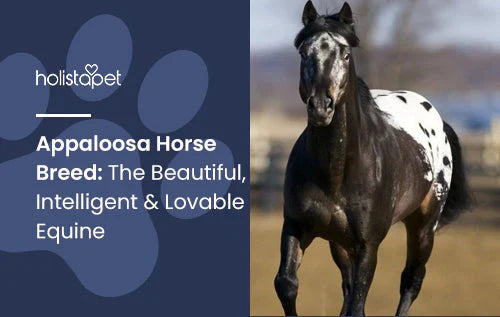

1 comment
Lisa
A grulla is a black dun.
Leave a comment
All comments are moderated before being published.
This site is protected by hCaptcha and the hCaptcha Privacy Policy and Terms of Service apply.